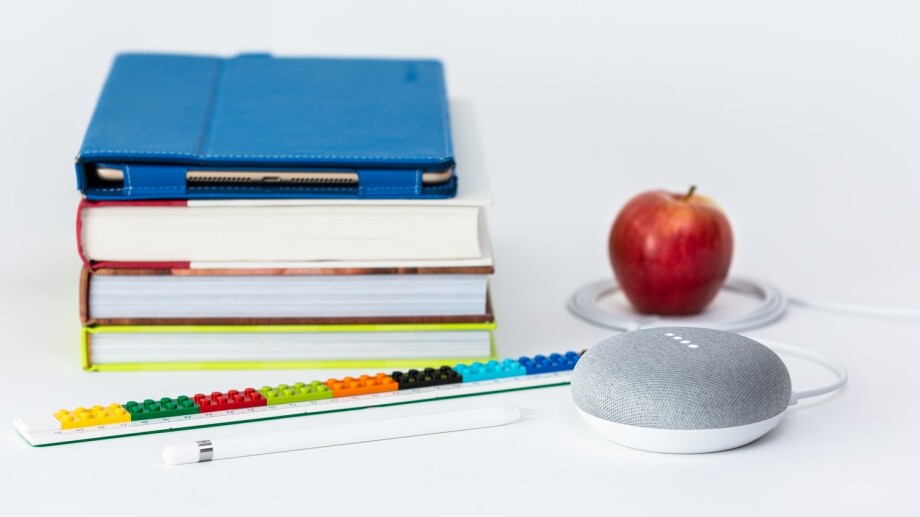Language acquisition involves not only the knowledge of separate language elements (words, grammar items, etc) but also the way all of them are put together, language patterns. A language pattern refers to the way in which the core parts of a sentence are put together. The most basic pattern includes a subject noun and a verb. This pattern then can be added up by adjectives, adverbs, prepositions and other language items. It is very important not only for low-level students but also for advanced learners to know language patterns since that information provides them with insight into how the language works and how the language is structured.
In this article, we will discuss what language patterns are and how they can be taught through various types of worksheets. Through my personal experience, I can state that students tend to compare the syntax of their mother tongue with the language they are studying, therefore worksheets which focus on language patterns, specifically on sentence structures, are very important.
How to teach sentence structure?
- At the most basic level, the English sentence structure follows a simple rule. First, we have a subject (who or what the sentence is about) and then we have a verb (what is that subject doing/did/will do). The simplest way to begin teaching sentence structure to students is to provide pictures of people or objects and pictures of actions and have the students put the two together.
- Once the students have the basic ‘subject + verb’ down, you can introduce the’ subject + verb + object’ structure. For example, Mary plays basketball.
Here is a sample worksheet which helps to fix the sentence structure basics.
- When the students are comfortable with the basic sentence structure you can add other parts of the speech (adverbs, adjectives, etc). Here is an example of a speaking/writing activity which can be used for this purpose.
Read the sentence below.
I received a phone call when I was watching TV in the evening in my bedroom.
Make up a new sentence changing the parts of the sentence above. Here is what can you change:
Who? – the subject
What? – the verb
Why? – the reason (why was the action taken?)
Where? – the place where it all happened
When? – the time (using prepositions)
How? – the manner in which it all happened
I usually board a sample sentence, put the students into pairs and ask to come up with their variations of the same structure of the sentence . They either change the subjects, the verb or any other part of the sentence. My students are really in love with this activity.
Here is an example of a great worksheet which practises sentence structure. I used this worksheet many times with my intermediate level students.
Here you can get more information on the sentence structure and get access to worksheets which practise those patterns.
How to practice other language patterns?
Apart from an overall sentence structure students need to know how some parts of speech are patterned together. For example, how verbs are patterned with prepositions, objects, etc. Here are a couple of worksheets which focus on verb patterns .
Working with language patterns is a very important part of language learning since through them students learn how the language is structured. In this article, we have tried to present the most wide-spread language patterns which form the basics of the sentence and are very important for general communication in English.






 Вероника Аветисян
Вероника Аветисян 
 Маргарита Аветисян
Маргарита Аветисян 


